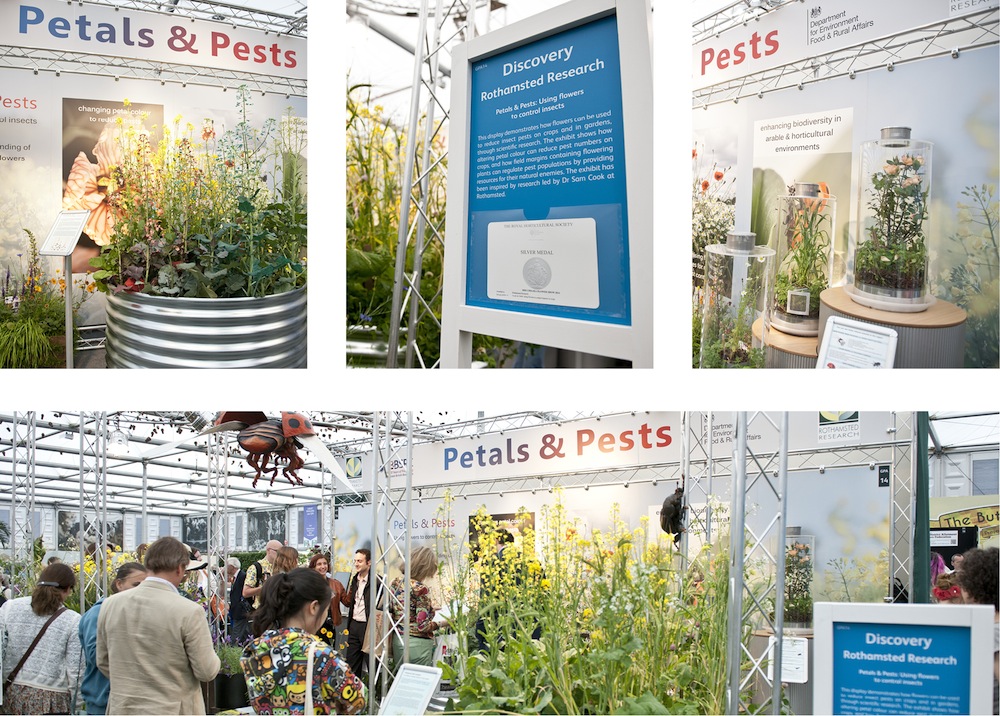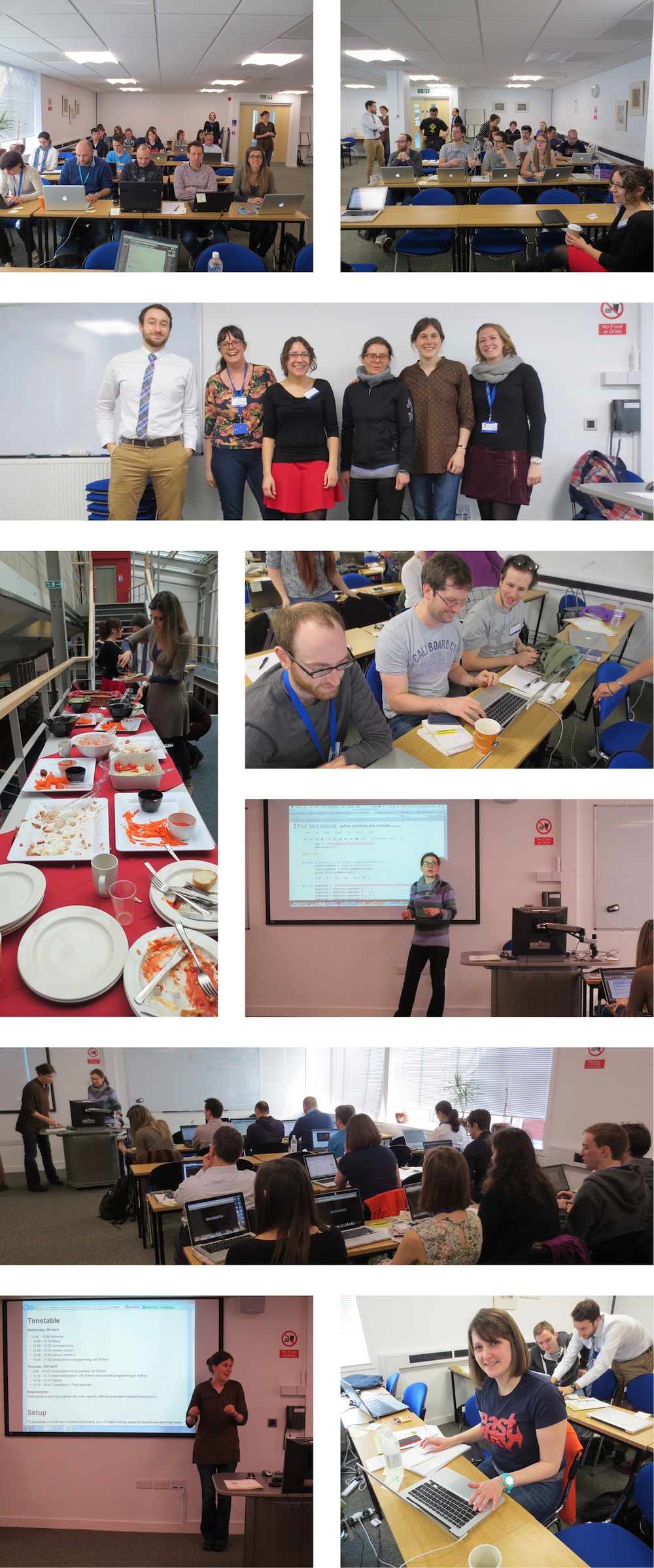
Last week I was in Helsinki for a plant synthetic biology meeting, and I learned a lot about existing European synbio tools, resources and research. There’s a short Storify of Tweets from the meeting here, and I’ll do a round-up post very soon. But today I’m highlighting a tool presented at the workshop, which was also presented at our SynBio workshop last year and at PlantSci 2014 but still hasn’t really featured on this blog (rather remiss of me, I know).
The Golden Gate cloning and related MoClo systems were presented (PDF) by one of its inventors, Sylvestre Marillonnet, at our synbio workshop last year. Sylvestre has worked with Nicola Patron, Head of Synthetic Biology at The Sainsbury Laboratory, to make a MoClo toolkit and set of parts available on Addgene. The toolkit includes 39 parts encoding promoters and 5′ untranslated regions; antigenic tags; sub-cellular localisation signals; reporter genes; selectable marker genes; terminators; 3′ untranslated regions; a suppressor of silencing; and two linkers.
Unfortunately the paper describing the toolkit is behind a paywall, but I’ve been tipped off as to where to find all the practical information you need:
1. The supplementary data is accessible to anyone, and it is very informative. SD 2 and 4 list modules in the toolkit and parts kit respectively.
2. Nicola’s website, Synbio@TSL, has pages on how Golden Gate cloning works, making modules, and an assembly protocol.
3. Nicola presented the toolkit at PlantSci 2014 in May and her poster gives a good overview of the paper’s content: GG_Plant_Kit_Poster
Nicola has generated many other parts, which are listed on her website. Some of them can be obtained from Addgene, while others have to be requested from her lab. Synbio@TSL also has a nice introduction to synthetic biology, synthetic biology news, links to online resources and synbio centres, and guides to the major genome editing and DNA assembly techniques.
GoldenBraid is another modular cloning technique which has its own web resources and toolkit available. There’s a guest post coming up soon about that one though so no spoilers here!
The Golden Gate Toolkit is published in: Engler C, Youles M, Grüetzner R, Ehnert T-M, Werner S, Jones JDG, Patron N, Marillonnet S. (2014) A Golden Gate Modular Cloning Toolbox for Plants. ACS Synthetic Biology DOI: 10.1021/sb4001504
The MoClo system is published in: Weber E, Engler C, Gruetzner R, Werner S, Marillonnet S (2011) A Modular Cloning System for Standardized Assembly of Multigene Constructs. PLoS ONE 6(2): e16765. doi:10.1371/journal.pone.0016765
The GoldenBraid system was most recently published as: Sarrion-Perdigones A, Vazquez-Vilar M, Palací J, Castelijns B, Forment J, Ziarsolo P, Blanca J, Granell A, Orzaez D. (2013) GoldenBraid 2.0: A Comprehensive DNA Assembly Framework for Plant Synthetic Biology. Plant Physiol. 2013 162: 1618-1631. doi:10.1104/pp.113.217661
Image credit: Nicola Patron















